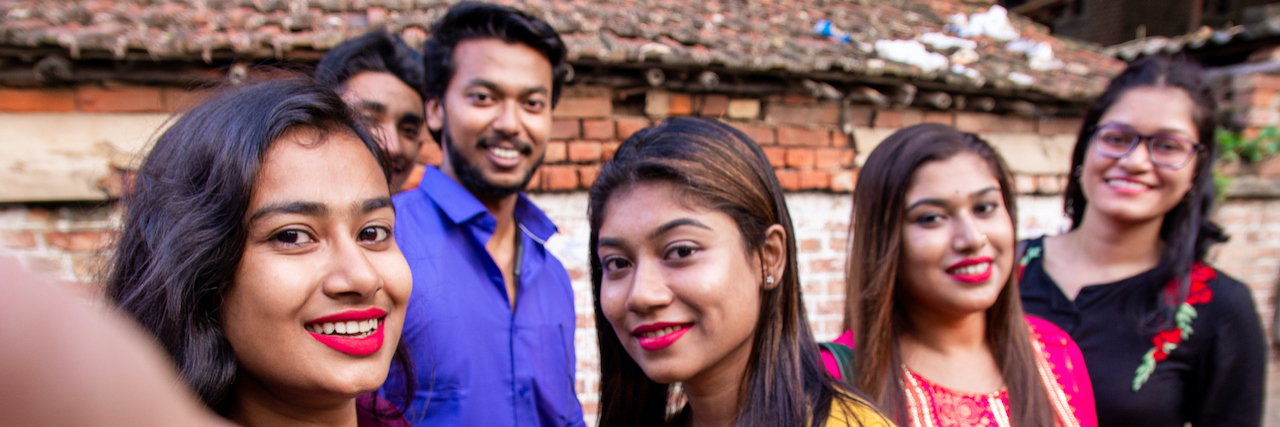The Dire Need for Improving Suicide Prevention in India
The national crime records bureau of India recently released “Accidental Death and Suicides in India,” reporting some alarming figures that more than 1,00,000 people [die by] suicide in our country.
Unfortunately in the report they use the outdated terminology “commit” suicide. I bring this up because even a government agency (that must be well aware of the Mental Healthcare Act of 2017 in India that decriminalized suicide) used the word “commit.” Even a small indicator like this one is a huge reflection on how lacking suicide prevention is in India.
The report also indicates that family problems (32.4 percent) and illness (17.1percent) were the major causes of suicides in 2019.
It also showed as other causes of suicide:
- Drug Abuse/Addiction (5.6 percent)
- Marriage Related Issues (5.5 percent)
- Love Affairs (4.5 percent)
- Bankruptcy or Indebtedness’ (4.2 percent)
- Failure in Examination and Unemployment (2 percent each)
- Professional/Career Problem (1.2 percent)
- Property Dispute (1.1 percent)
This demonstrates how families are not safe spaces for anyone struggling with their mental health in India. The family remains the major stressor, however a rise in the suicides related to drug use and addiction is also alarming. Housewives account for the largest group dying by suicide in India among women and are overall a whopping 15.4 percent of total victims.
Things unheard of in other parts of the world like “dowry” and “impotency,” or “fertility” are such a huge social taboo in India that often people may feel forced to take their own lives because of it.
During the pandemic, India witnessed a spate of suicides that were more a social than a psychological issue. There was an alleged suicide by a famous film star, which brought a lot of attention to the lack of a comprehensive suicide prevention policy in India. But sadly it also uncovered the huge iceberg of misinformation, insensitive language and uncouth reporting on suicide by the mainstream media and social media in the country.
Some activists like me are still struggling to get people to incorporate the simple change of the word “commit” to “died by” suicide when they refer to suicide. In India a lot of folklore and religious beliefs prove to be a hindrance to the cause of suicide awareness. People struggling with suicidal thoughts or self-harm hide due to shame and fear. Those who are more open about their mental health struggles rarely find safe places and hence the vicious cycle continues. Suicide prevention remains complicated by the tangled mess of unaccepting families, insensitive society and lukewarm governmental reform.
The coronavirus (COVID-19) pandemic led to large scale migration of workers from cities to villages in India, the economy is at its worst in decades and there seems to be no respite in the number of rising COVID-19 cases in the near future. Now more than ever, India desperately needs more mental health support and increased suicide awareness, along with media-training for sensitive reporting of suicides.
A conducive ecosystem of readily available multi-lingual support is also needed. We must already dread what next year’s report would look like. So instead of symbolic gestures on World Suicide Prevention Day each year, India needs to allocate more financial support and more public discourse to this cause if it wants to save its younger generation.


